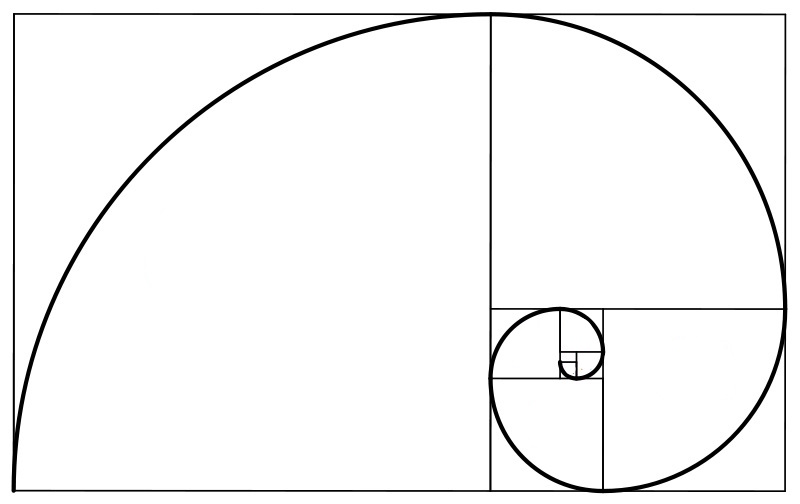Keeping It Simple, How To Write Stunning Blog Posts – A 5 Minute Read
How To Write A Stunning Blog Post
Blog posts should be more than 300 words? Correct we all know this, but what about the really long 1,000 word plus blog posts you often see and give up on three paragraphs in? Well they are equally as important and providing they are well written will gain you significant SEO advantages.
Your blogs should be no fewer than 300 words that’s for certain. However writing a 1,000 word blog post is not easy and requires planning and a serious amount of research. The general rule is 1,000 word blog post to every three 300 plus word blog posts.
In this article we go through how you can really drive high quality traffic through to your website with really well written content that has a high key word density of greater than 2.5%, with great relevant back links that will really help drive your organic rankings. Before we start advising on the structure and types of great content writing for your blog, we explore why a lengthy blog post really makes a difference with Google and Bing search engines.
At Digital Web World we have a few articles that are over 3,000 words in length, they really help drive some great organic traffic to our website. But why?
Google, Bing and the other major search engines all look at your key word density, your article structure, how easy to read your article is, your back links and interlinks within your post and rank your site accordingly. When you write a blog post of over 1,000 words compared to blog posts of only 300 words Google and Bing have more content to analyse and decide exactly what your article is about.
As part of your longer blog post you will have considerably more pictures, more headings, more links in which your chosen keyword are listed.
Your lengthy long tail key words you have within your article will also have a greater chance to be picked up by the search engines. The more associated topics, always related to your key word of course, the greater the possibility of your article being picked up and then bringing you valuable FREE organic traffic to your site.
Large blog posts require you to really hold your readers attention. 1000 well written words is not easy to achieve and a blog post that cannot hold your readers attention will work against you. If you don’t get the clicks on your article, it may be well optimised for Google and Bing but it won’t be of any use to your reader.
So what? We now show you how you can really get to grips with your blog posting and deliver some great, well researched content that your readers will love. Feel free to download our calendar at the end of this article which will give a free calendar with key events on a month by month basis all the way through to the end of 2017. Thats 18 months of FREE calendars that you can plug in your the key dates, marketing initiatives and other inspirational days for you to associate and blog content around.
How Much Time Should I Spend On My Blog?
We estimate it takes approximately 4 hours to create a well written 1000 word piece that has been optimised for your key words, links and pictures. 90 mins to produce an article of about 300 words that has been optimised with pictures and some relevant links. However if you are a first timer then this could well extend to over a week in time. BUT the preparation time is key here as this is what will save you the time in the long run.
So Where Do We Start?
Before you press a single key on your keyboard you need to answer these simple questions.
Why not try this now it will only take you a couple of minutes. You probably have an idea in your head, why not try and answer these questions before you start.
What do you want to achieve? There must be a higher purpose. What do you want the reader to do following the reading of your blog? What Call to Action are you trying to get the reader to follow ? Here are some ideas: download a white paper, follow link to purchase, sign-up to an email resource?
- What is the question you want to answer for your reader?
- What audience are you writing for? This is fundamental and surprisingly often forgotten.
- What information or research do you need to undertake to write your blog post? Don’t forget imagery here as this is also very important for SEO and engagement.
- How do you want to structure your article? Tell your audience about the article at the beginning. Inform them and provide information in the article. Summarise the article by telling your audience what you have just told them.
Now Onto Writing Your Blog Post
We know that poorly written articles will simply not be read. So how do we make them read well?
Follow these easy steps for a great blog read…
Short Sentences
Keep sentences short and punctuated correctly. See what we did there.
Why not try this now it will only take you a couple of minutes. You probably have an idea in your head, why not try and answer these questions before you start.
Active Voice And Enthusiasm
Write in an ‘active’ and future tense NOT an ‘inactive’ or ‘past’ tense. Why? Well most readers prefer a positive and ‘active’ upbeat voice as opposed to a more perceptively negative ‘voice’.I do empathise with you if you are writing for a card-board manufacturing company and this doesn’t really float your boat. However writing with enthusiasm and a positive active voice will make a considerable difference and I suggest that anything can be made interesting with some research and an upbeat positive ‘active’ voice.
Good Structure
Structure your blog posts with short paragraphs. If writing a 1000 word plus article make sure that you use plenty of sub-headings. Possibly think about indexing the blog post at the start to ensure that the reader can go direct to a subject that interests them. This produces a better user experience and its all about the user experience right.
The Flesch–Kincaid
This readability score measures just how easy to read your blog post or article is. It looks at the sentence structure, paragraph length, ideas presented and words used.
Measured from 0 to 100 anything between 60.0 and 70.0 is generally seen as acceptable, with anything over this score your ideal target. Google considers readability very important and it is no coincidence that most blogs that rank well in search engines are ones with a Flesch–Kincaid score of 70 plus.
Use Formatting
It helps to slow down the reader.Highlighting specific text within your blog by underlining, highlighting in BOLD or italic will significantly improve readability.
Get Rid Of Filler Words
Filler words lengthen your blog but they are also irrelevant and will not improve your Flesch-Kincaid score. So here are a few examples that should be avoided:
NO: Why not use some of these great SEO blog techniques. YES: Use some of these great SEO blog techniques.
NO: Make use of italics, underlining and highlighting.
YES: Use underlining, italics and highlighting.
Planning Your Content
Start of very simply to get a view on your Blog Requirements, target segment, and ;timescales for resource planning. We have provided a very simple but effective Blog Calendar in which you can download and simply plan your blogs.
If you don’t plan the old adage will stand true.
Simply brainstorm your content. Here is a great way to brainstorm your ideas for your Website for free.
After brainstorming your content then add the ideas to a list. Select the list and the target url’s that could be best associated with that topic you have captured that is most relevant. If you don’t have an appropriate topic or page it might be worth adding one to the list.
Your Keywords And Phrases
Then comes the keyword research bit. This is the bit where you capture the keywords that are most relevant to your business topic that you will be blogging about. The keyword research for volumes are important here, but most important is the fact that you will be keeping the keywords relevant. RELEVANCE RELEVANCE RELEVANCE!
Great keyword research tools are:
Google AdWords Keyword Planner
Your Keywords And Phrases
These should be positioned in a number of places throughout the blog.








